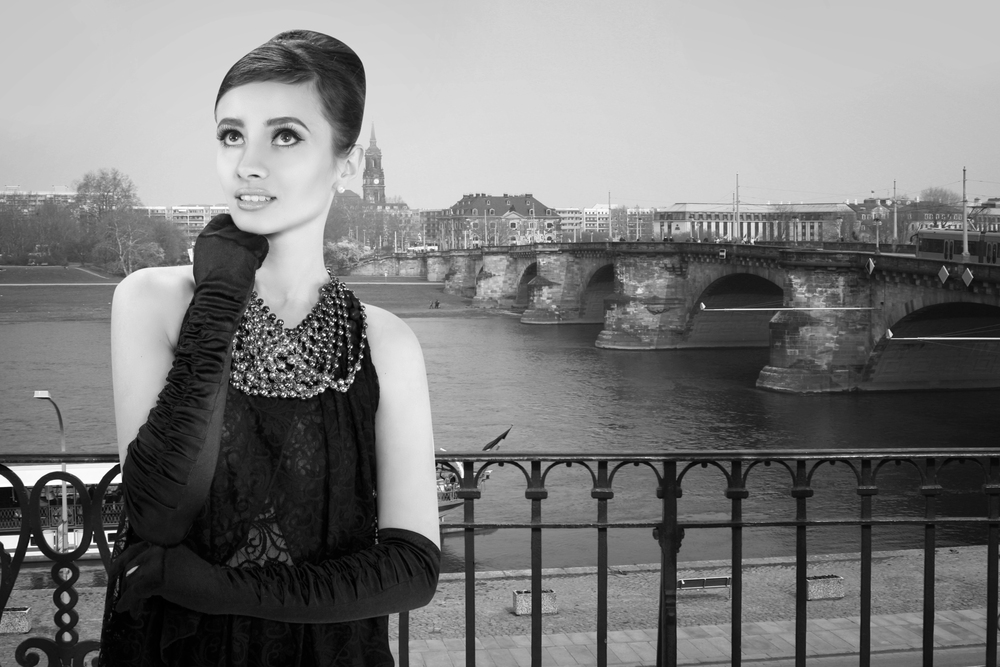
Imagine if you heard that working in pants would get you sent home, or skipping a shave would make you a rebel. The 1970s were a wild ride for women, with great strides being made and some decidedly head-scratching regulations governing daily life. While disco balls and prairie dresses receive all the retro adoration, the true tale is how women began to break away from decades of strict guidelines, both in the boardroom and bathroom mirror.

Flash forward to 2025, and the ghosts of that decade continue to haunt our closets, our beauty routines, and even our self-assurance. This list lifts the veil on some of the most astounding (and, yes, ridiculous) beauty and fashion requisites women struggled with in the ’70s and shows how those wars set the stage for the liberties we enjoy today. Look for a combination of eye-popping facts, expert opinions, and a new perspective on just how far we’ve come.
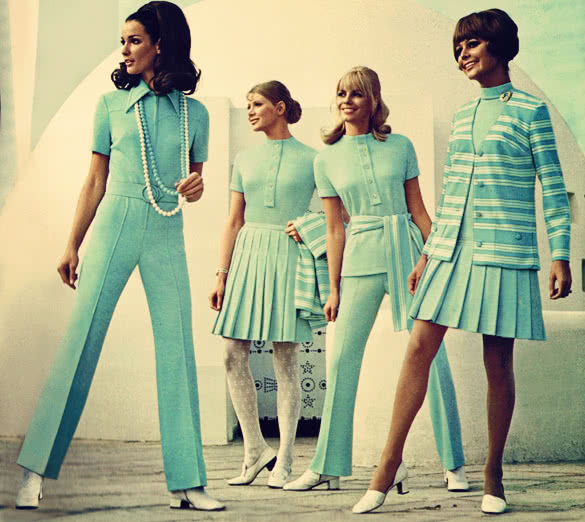
1. When Pants at Work Were a Feminist Statement
Early ’70s office dress codes were strict dresses or skirts were not negotiable for women, and pants were nearly scandalous. Even prominent women encountered resistance, as documented in 9to5: The Story of a Movement. A reporter in 1971 was instructed to roll up her pants beneath her coat before she could enter a New York restaurant. One male reader wrote to Dear Abby in 1974, assuring her, “all women look terrible in pants.”
The actual zinger? Even President Nixon weighed in, smiling that women who wore slacks made him think of China. But under the ridicule, something more was stirring. Feminists viewed fashion as political battling for the right to wear pants had more to it than convenience. It had to do with control. “For once, women are captains of their own ships and designers are riding the crest of the trend,” The Santa Maria Times noted in 1969. At decade’s end, pantsuits and even flashy pinstripes were appearing in offices, but always with a feminine touch so they wouldn’t be accused of being “imitation men.” Workplace fashion today is all about individual expression, but its origins lie in the subtle rebellion of those pioneering pants-donning women.

2. The Cost of Smooth: Shaving, Standards, and the Politics of Body Hair
If you thought it was a matter of personal preference to skip a shave, think again. During the ’70s, not shaving legs or underarms would make you “unkempt” or worse, a “hairy feminist”. According to a curator at the Henry Ford Museum, by the 1960s and 1970s, “it was not a matter of whether or not a person should shave their legs and underarms but when they should begin.”
The pressure was legit and pricey. In 2022, women were spending as much as $30,000 on waxing or $8,500 on shaving in a lifetime, as estimated by Transparency Market Research. The origins of this expectation are entwined with both fashion (consider skirt hemlines climbing higher and sleeveless sundresses) and patriarchal pressure for women to look young and “clean.” But even back in the ’70s, some women rebelled, wearing body hair as a symbol of freedom. Fast-forward to today, and while 99% of women still shave body hair at some point or another, things have changed. Braids like Fur Oil are becoming the new norm for natural hair, and more women are taking the decision as their own political or not.
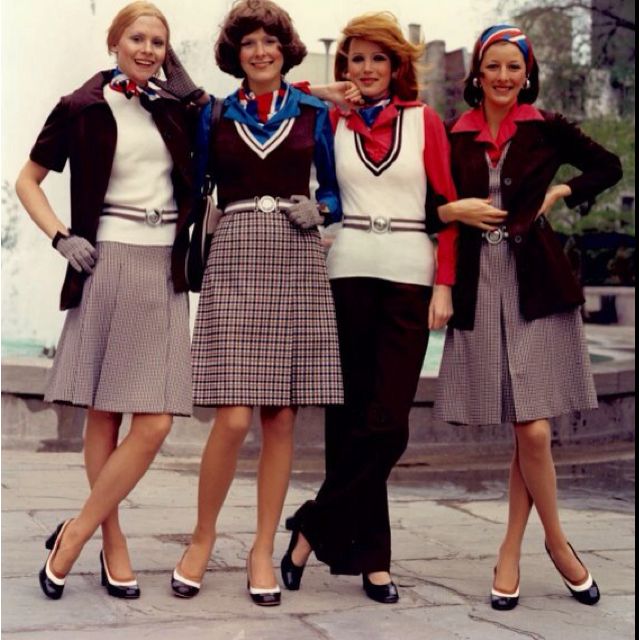
3. High Heels, Pantyhose, and the “Perfect” Professional Look
Heels and pantyhose weren’t style they were part of office dress code. The rationale? Heels made women appear taller and more “professional,” and pantyhose conveyed modesty and refinement. As JSTOR Daily has reported, writer John Molloy’s 1977 “Dress for Success” book cautioned women to be “striking but not too frilly, strongly colored but not exotic.” Too imaginative? That was dangerous. Too masculine? Danger still greater.
The power suit, in its skirted form and soft lines, was a fine balancing act project authority, but don’t intimidate the men. The outcome was a generation of women balancing on a fashion tightrope, frequently in painful shoes. Now, sneakers and flats are not merely tolerated but embraced in many workplaces, and pantyhose are not required. But the legacy of those “dress for success” dicta haunts us in quiet form, reminding us just how much effort women once put into appearing just to be considered serious.
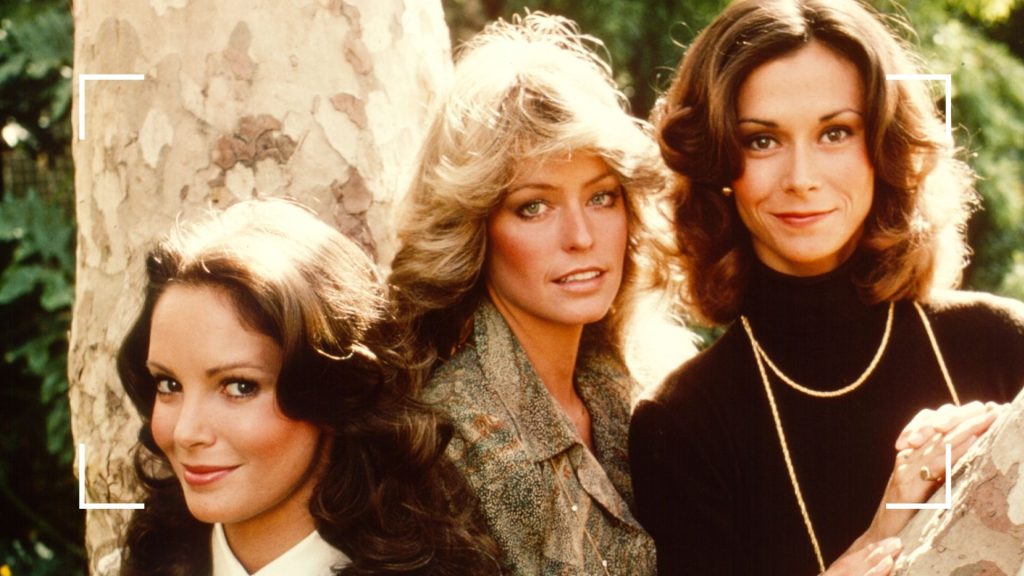
4. Beauty as a Full-Time Job: The Pressure to Always Look “Made Up”
Back in the ’70s, looking “made up” wasn’t just a requirement for parties it was required for the grocery store, the office, even at home. Foundation, lipstick, and immaculately styled hair were essential. Wearing no makeup? That was considered lazy or even disrespectful. This never-ending expectation was part of a larger effort to get women to project a polished, friendly version of femininity all the time.
But as feminist voices gained strength, some women started to wonder whose standards these were, anyway. The late ’70s experienced a “taking back” of beauty regimens women opting for daring looks, au naturel hair, or even makeup-less faces as an expression of freedom. Skip ahead to 2025, and the “clean girl” look, bold brows, and even makeup-less faces are all the rage. The difference? Beauty is now about what makes you feel good, not what makes you blend in.

5. The Double Standard of “Dressing for Men” and the Emergence of Choice
Even after the advent of feminism, the ’70s continued to promote the notion of women dressing in order to appeal or please men. Whether a dress was cut short or lipstick was painted on, decisions were quite frequently made with an eye towards what a man would approve of. As The Guardian reported in 1978, quoting feminists, “Women have so often felt pressured into looking as others want them to look.”
But revolution was afoot. In the late ’70s, women were protesting the right to dress for themselves, not for him. Historian Elizabeth Fox-Genovese summed it up nicely: “For women, it [fashion] should reflect what they feel not what men or a confused society expect them to feel.” Now, the range of style is broader than ever suits, sneakers, bright colors, or restraint each option a expression of self, not a show for others.
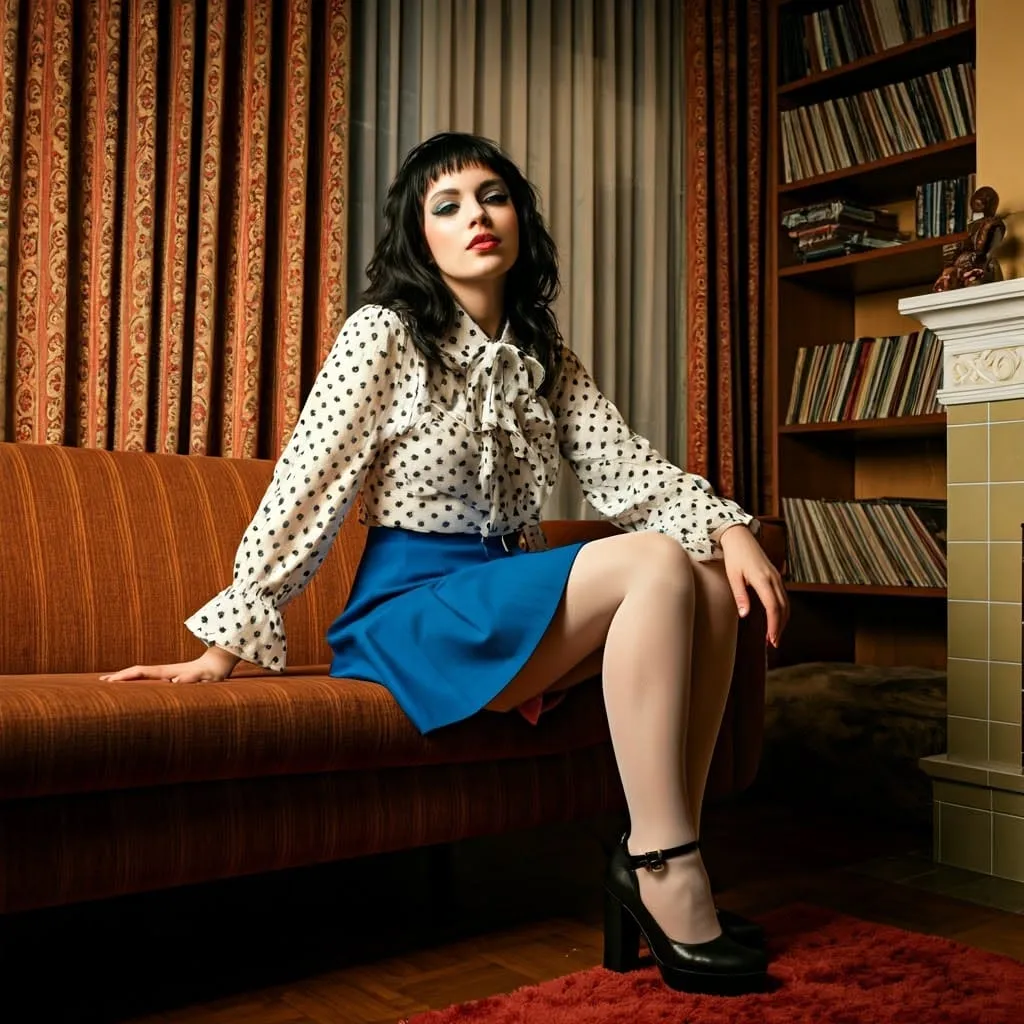
6. The Stealthy Strength of Feminist Fashion Movements
’70s fashion wasn’t all about what hit the catwalk it was about who had the power to choose what was “acceptable.” Organizations such as Boston’s 9to5 didn’t only battle for equal pay and employment rights they also challenged dress codes that regulated women’s bodies. According to PBS, “True liberation is being able to choose.”
The effect? By the decade’s end, more women were appearing in pants, fearless prints, and even menswear-inspired fashion. Designers such as Diane von Fürstenberg created the wrap dress as an icon of empowerment simple to wear, simple to shed, and ideal for the woman who was on the go. Such changes weren’t simply about fashion they were about creating space for women to be heard, seen, and understood on their own terms.
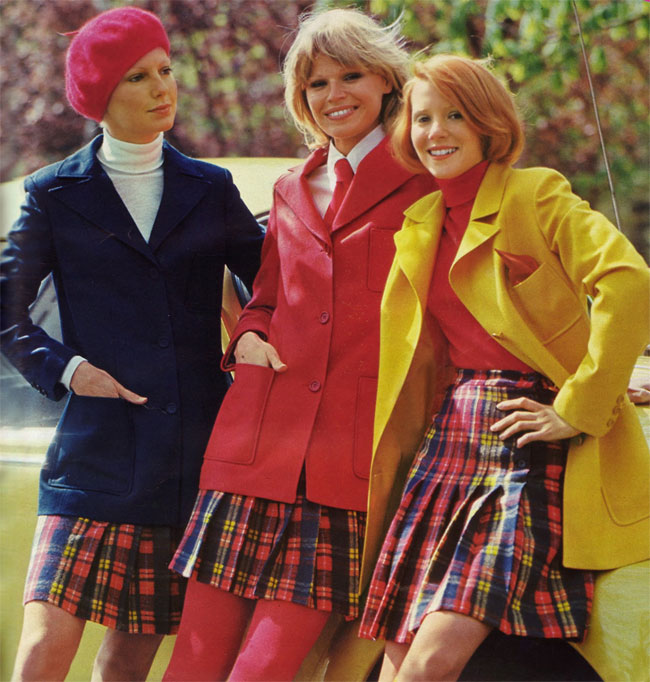
7. The Lasting Legacy: From Boardrooms to Bathroom Mirrors
In retrospect, it’s obvious that the ’70s’ beauty and fashion regulations weren’t about looks about beauty they were about control, conformity, and power. Those women who broke the rules by putting on pants to go to work, by not shaving, or by sporting a daring lip made the world a place where choice is an option.
But, as current surveys indicate, favoritism towards those who “dress better” remains, and the expectation to fit in hasn’t gone away. But the difference now is, the discussion is out in the open, and women are encouraging each other to make decisions that feel true, not compulsory.

The journey from rigid dress codes and relentless beauty standards to today’s culture of choice wasn’t a straight line but every act of rebellion, every pantsuit, and every unshaven leg helped move the needle. In 2025, the best trend is owning your look, your routine, and your confidence no permission required. Next time you slip into sneakers for a meeting or forgo the razor for a week, recall: you’re part of a lineage of women who made the ridiculous the mundane, and space for everyone to shine.


